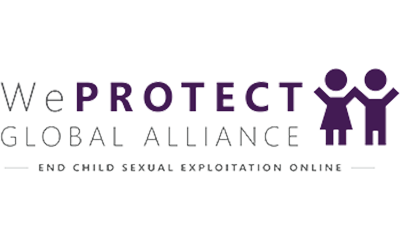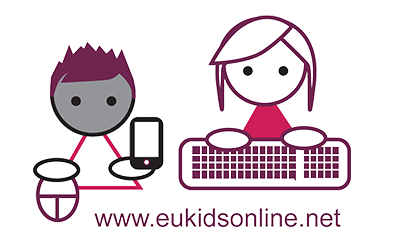A key finding from the Disrupting Harm data, highlighted in the submission from the Global Kids Online network, is that in many countries children are more likely to be subjected to sexual exploitation and abuse through social media than in online games or in-person.
Click here for the full report
Recent technological and social changes have reconfigured the digital landscape for all internet users, thereby increasing both the benefits of being online, as well as the associated risk of harm. A resulting challenge is recognising the context in which harmful practices – such as sexual abuse and exploitation – emerge. When considering preventive efforts and enacting good policy and legislation, it is therefore critical to understand the variation of digital sexual practices and abuses that occur, and evaluate the degree to which this constitutes a risk of serious harm.

Cross-Country Variation
Children’s exposure to sexual images online varies considerably across countries. However, it is important to note that research has shown that most online sexual contact is between peers, consensual and viewed positively by the teenagers concerned.
In order to measure online sexual exploitation and abuse of children, the Disrupting Harm research project (a multi-country, multi-methods project implemented by UNICEF Innocenti, ECPAT International and INTERPOL, with funding from Safe Online) used a survey questionnaire adapted from Global Kids Online, with indicators such as whether someone was offered money or gifts in exchange for sexual images, videos, or meeting in person to engage in sexual activity, or was threatened or blackmailed to do so, as well as whether sexual images were shared without consent.[1] As denoted by the table above, re-produced by the Disrupting Harm team and Global Kids Online in 2022, children have reported that they were most likely subjected to sexual exploitation and abuse through social media (see UNICEF Innocenti – Global Office of Research and Foresight (2023). The Role of Social Media in Facilitating Online Child Sexual Exploitation and Abuse for more details).
Socio-demographic Variation
In addition to age and gender, factors such as socio-economic status, self-efficacy and psychological difficulties affect how strongly children experience harm. More generally, children who encounter one risk are more likely to encounter others, with vulnerable children, such as children with special needs and disabilities, and LGBTQ+ children, particularly likely to be upset and experience a negative spiral. Research shows that for children and young people who were not able to disclose these experiences and receive adequate help, the long-lasting consequences appeared more severe, affecting their school performance, social life, leisure activities and wellbeing. However, Disrupting Harm research shows that a significant number of children do not disclose these experiences, and often lack guidance and support from adults.
Variation in Digital Skills
Oftentimes, skills and digital literacy are viewed as the solution to children’s exposure to online risks. However, recent research shows that it is more complicated: gaining digital skills brings opportunities, but also risks. In Europe, greater digital skills has been shown to allow for more effective coping strategies that protect against harm to wellbeing. Globally, too, digital skills have been positively linked to coping behaviours online: more digitally literate children were more likely to delete messages and block senders when experiencing cyberbullying or unwelcome sexting, whereas children with fewer skills were more upset and less able to cope with sexual images.
Variation in Solutions
The child rights community has proposed multiple tools, ranging from Child Rights Impact Assessment, best interests determination, child participation, evidence-gathering, restorative and rehabilitative approaches and more, as set out in General comment No. 25. Further, the submissions by multiple stakeholders – from UN entities, states, NHRIs, regional and national mechanisms, CSOs, children’s commissioners, academia, private sector to other stakeholders – to the call by the Special Rapporteur for input on this issue showcase a variety of solutions to be widely and effectively deployed.
An evidence-based approach should identify optimal measures to intervene and aid children. It is important to distinguish transgressive behaviours among children from sexual abuse and solicitation of children by adults, and to address both effectively, prioritising rehabilitative and restorative approaches for the former.
In conclusion, conceptualising sexual activity online as an inevitably negative experience may result in providing unheeded advice that does not apply to a child’s true lived experience. As such, it is necessary to understand in greater depth the substance of children’s experiences; as per General comment No. 25, the collection of robust, comprehensive data should be adequately disaggregated by age, sex, religion, disability, geographical location, ethnic and national origin and socioeconomic background.
The challenge is to develop effective preventive strategies to protect children from the negative consequences of exploring sexuality online, while ensuring that such strategies stay situated within their age-appropriate development. Regulation should be balanced with educational efforts that not only help children gain the digital skills to avoid harm and build digital resilience, but also signpost how and where to make a report or find support when they experience online sexual exploitation and abuse.
[1] See https://safeonline.global/wp-content/uploads/2023/12/DH-data-insight-1_Final.pdf
Post author: Miriam Rahali








